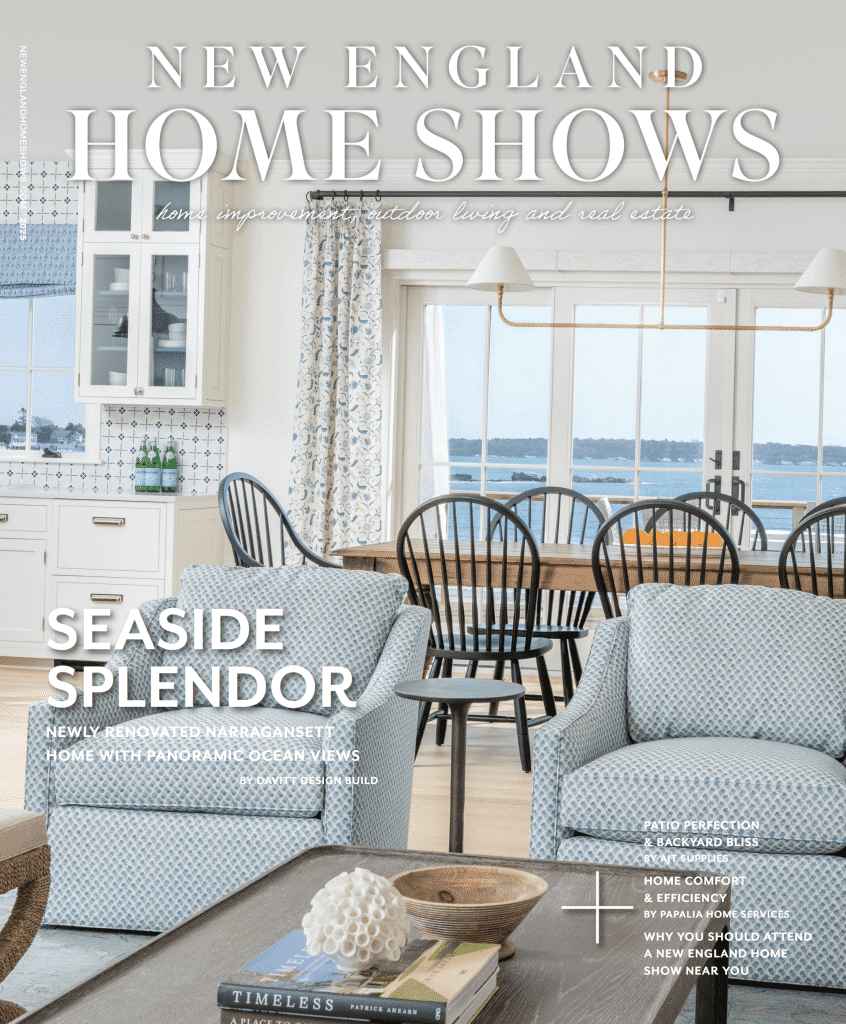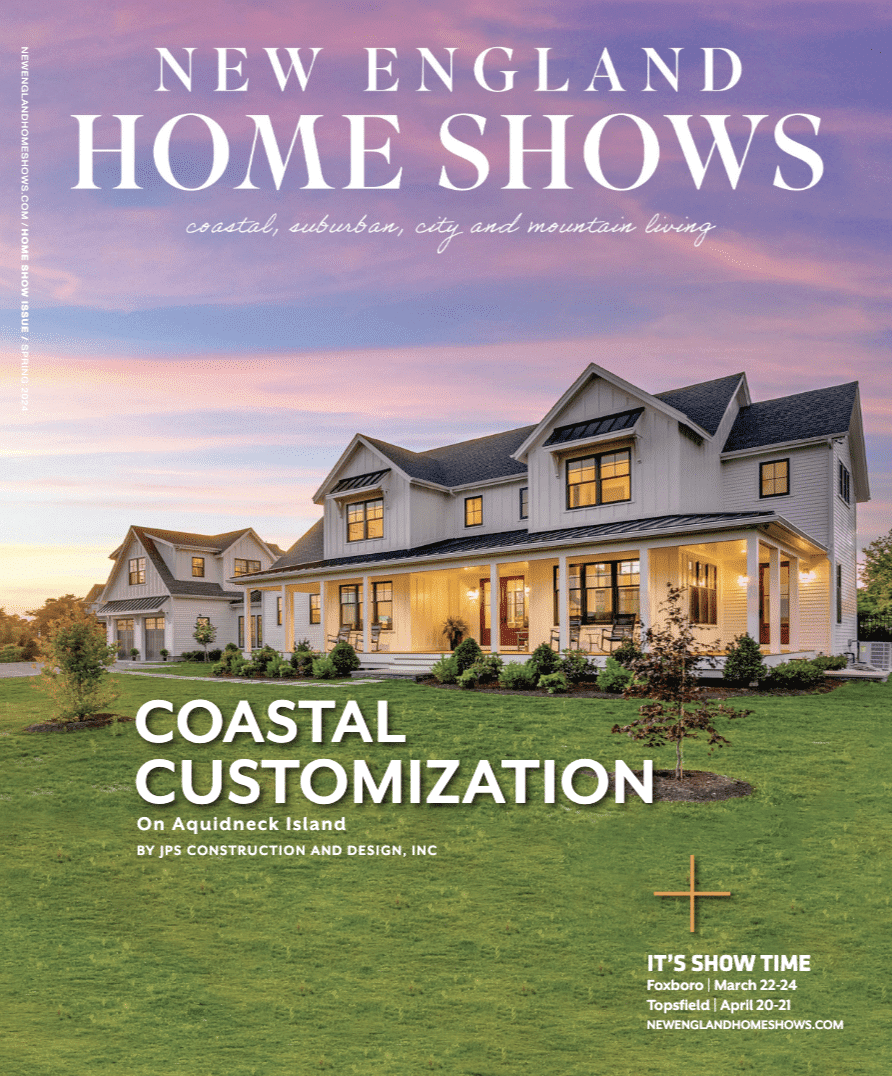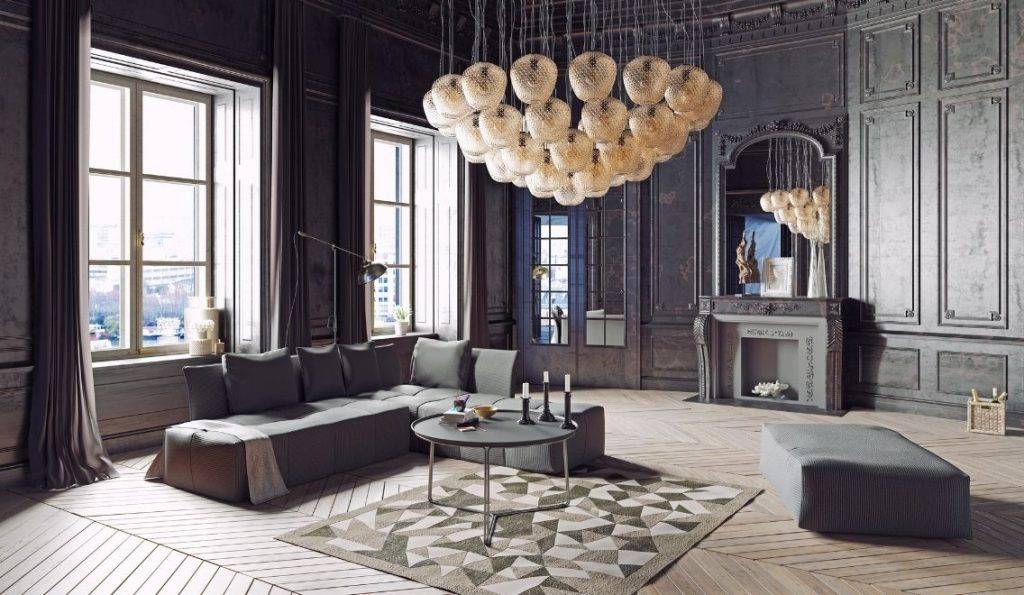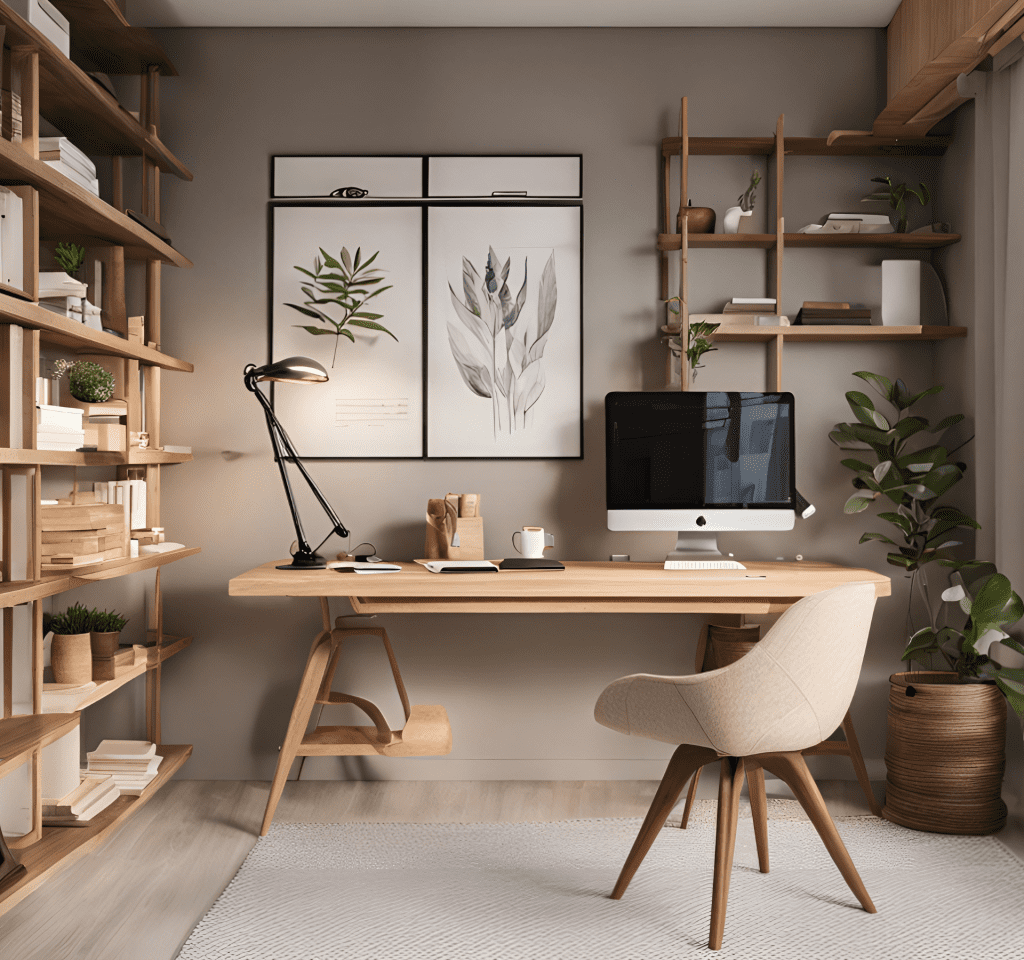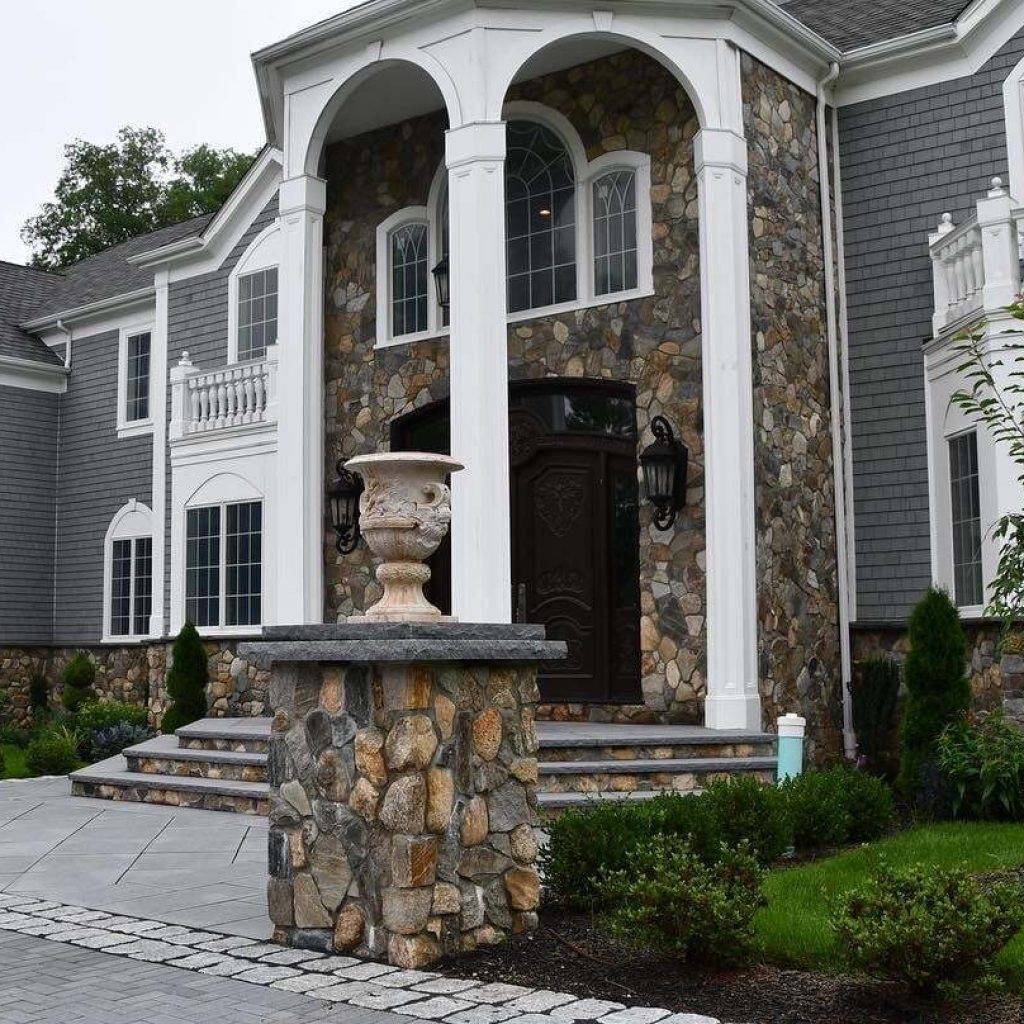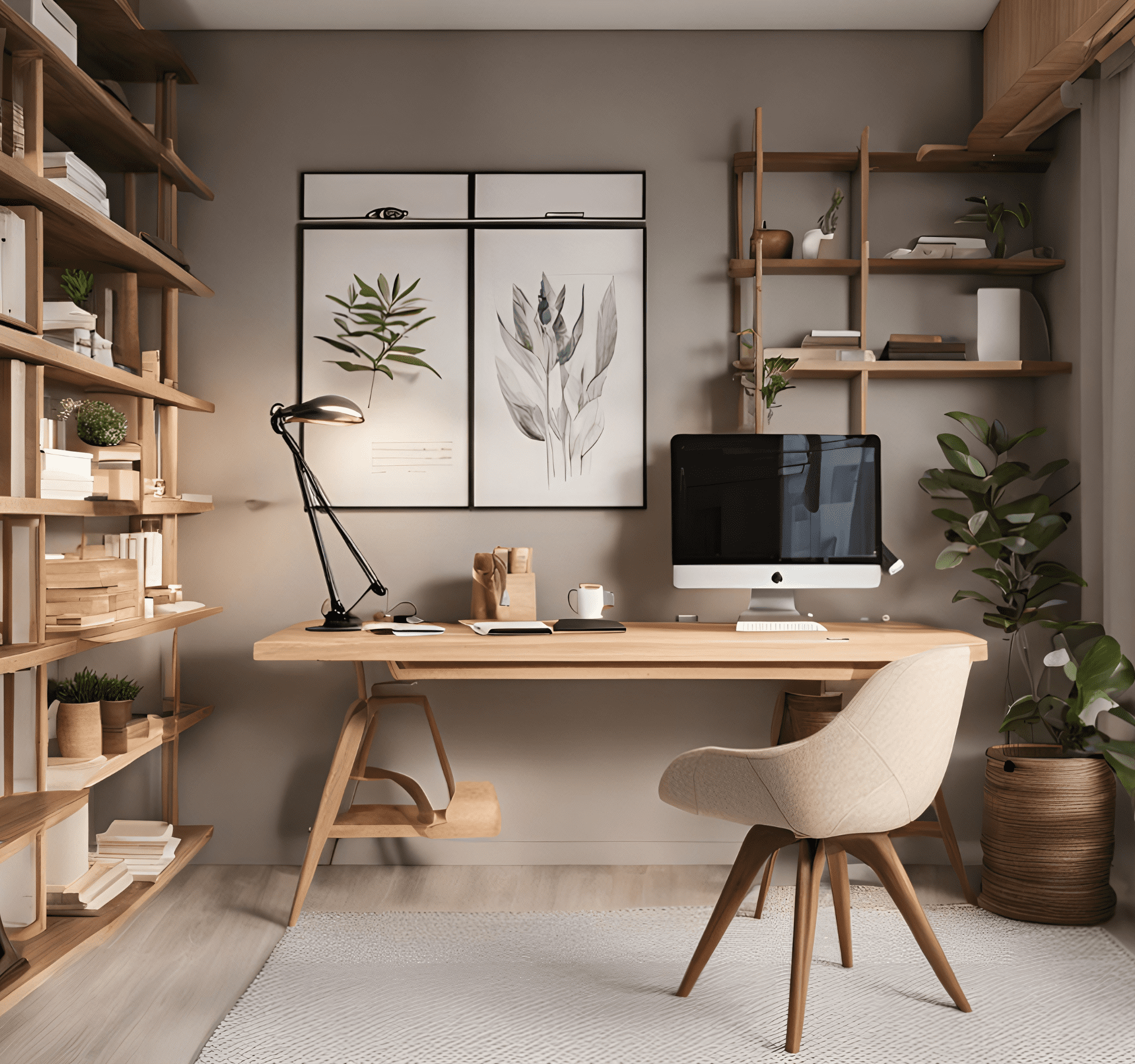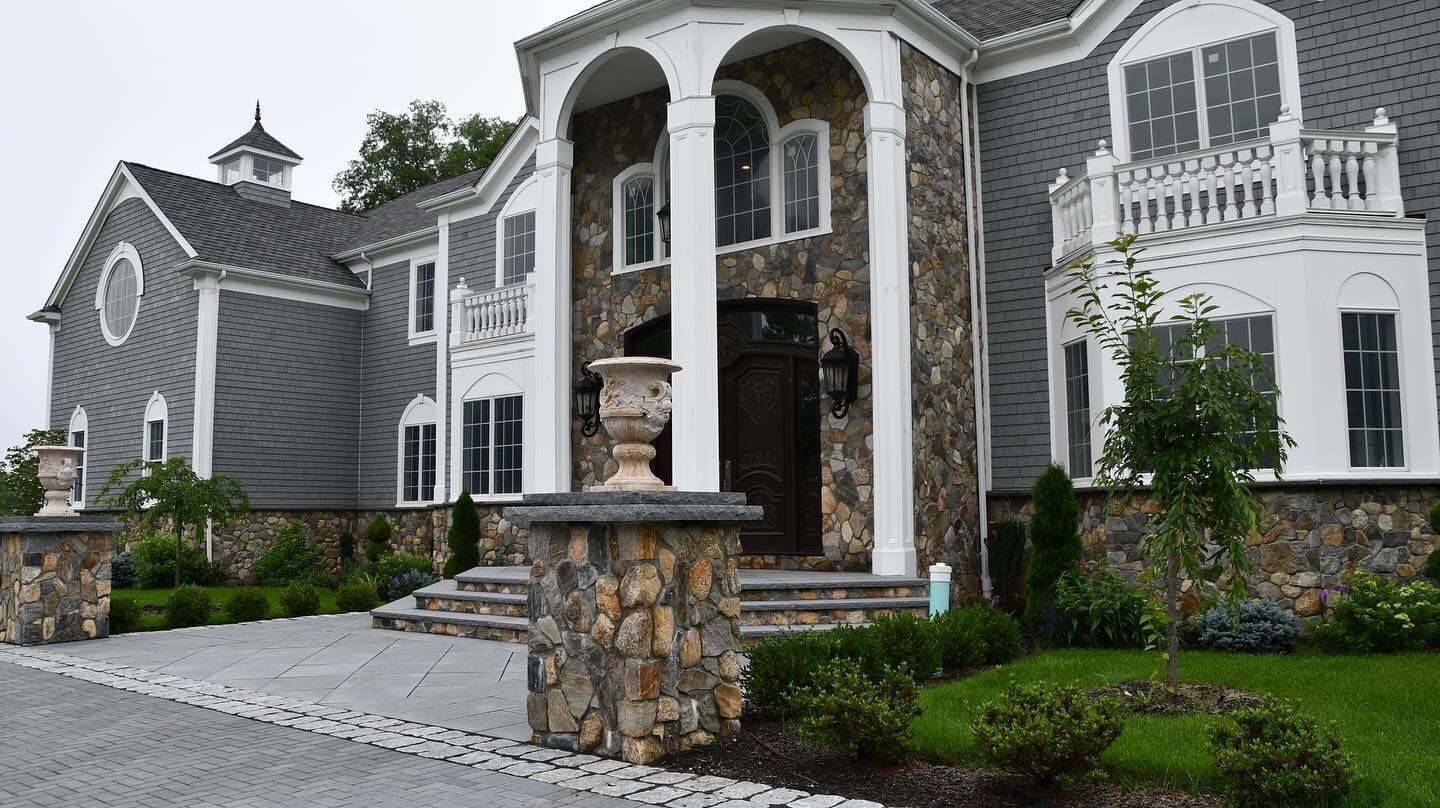We all have our own, unique tastes. At home, these preferences are usually reflected in our interior design style. Putting a name to our personal interior design styles isn’t easy, especially when there’s an abundance of options. Is our house modern? Industrial? Shabby? Chic? Maybe it’s a combination of styles. One of the easiest ways to identify your personal design style is to familiarize yourself about some of the most popular styles of interior design, and what differentiates them from one another. Here’s a quick but in-depth look at three popular styles: modern, gothic, and minimalist.
Modern
A “modern” interior design style is one with clean, crisp lines, a simple color palette, and materials such as metal, glass, and steel. It’s easy to mix up “modern” and “contemporary” because they share a lot of similarities. How do you tell the difference? “Modern” refers to a specific time period. It came onto the radar in the early to mid-20th century and is a mix of Scandinavian, mid-century modern, and post-modern design. “Contemporary”, on the other hand, is ever-evolving and refers to the current trends in interior design. Modernity goes hand-in-hand with simplicity. You won’t find much clutter laying around a modern home. Have you ever heard the word “sleek”? That’s exactly what this style is—elegant, streamlined, and beautiful.
Gothic
Another one the most popular styles of interior design of is gothic. It’s classy, it’s traditional, and despite its long history, it’s still pretty popular. You can see elements of gothic architecture all around Europe, most notably in the exterior and interior design of its churches and cathedrals. When you imagine a gothic style, what do you think of? Instead of a dark, dreary room, imagine ancient, intricately decorated churches, with their stained-glass windows, majestic fireplaces, exposed wooden rafters and beams, and pointed archways. Going overboard on gothic design can make your home look outdated, but that doesn’t mean you can’t incorporate some of its best aspects in an otherwise modern design plan.
Minimalist
A minimalist style takes notions of modern design and simplifies them to the extreme. Instead of style, it focuses on functionality. One staple of minimalism is the ultra-clean lines. Everything is simple. You won’t find excessive, flamboyant designs in a minimalist’s home. You also won’t find any clutter. Some people like to take minimalism to the extreme. They’ll only keep the necessities—a couch, table, bed, and get rid of any decorations, trinkets, or other items that aren’t required for everyday living. If you like the clean, simple style of minimalism, but don’t want to get rid of your favorite paintings and knickknacks, don’t worry—you don’t have to. Whether you incorporate minimalistic design elements subtly or go all-out, this style can have a major, positive impact on your home’s appearance, and, in the long run, its cleanliness.

